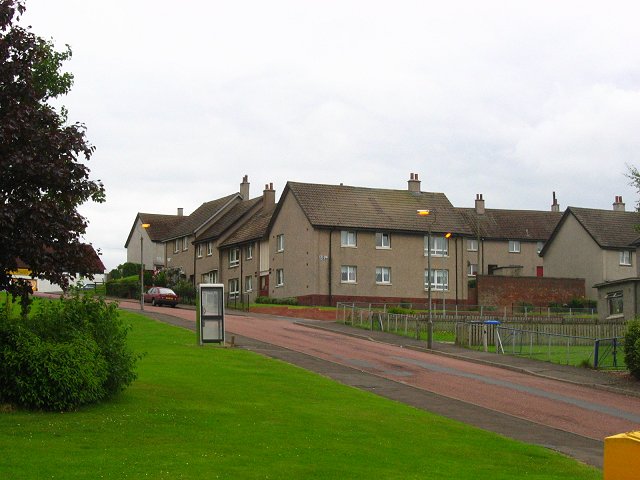Hare Cleuch
Valley in Lanarkshire
Scotland
Hare Cleuch

Hare Cleuch is a picturesque valley located in Lanarkshire, Scotland. Nestled between rolling hills and surrounded by lush greenery, it is a haven of natural beauty and tranquility. The valley is situated approximately 30 miles southeast of Glasgow, making it easily accessible for day trips or outdoor adventures.
The landscape of Hare Cleuch is dominated by a meandering river that flows through the valley, offering breathtaking views and an inviting atmosphere for outdoor enthusiasts. The river is known for its crystal-clear waters, making it a popular spot for fishing and water-based activities such as kayaking and canoeing.
The surrounding hills provide a stunning backdrop to the valley, with their heather-covered slopes and rocky outcrops. Hikers and nature lovers can explore the numerous walking trails that crisscross the area, offering panoramic views of the valley and the chance to spot local wildlife such as deer, rabbits, and various bird species.
Hare Cleuch is also home to a diverse range of plant life, including native wildflowers and ancient woodland areas. The valley is particularly renowned for its vibrant display of bluebells in the spring, attracting visitors from far and wide.
In addition to its natural beauty, Hare Cleuch is steeped in history. The area boasts several archaeological sites, including ancient burial mounds and remnants of old settlements, providing insight into the rich heritage of the region.
Overall, Hare Cleuch is a hidden gem in Lanarkshire, offering visitors a chance to immerse themselves in the beauty of nature while enjoying a variety of outdoor activities and exploring the area's fascinating history.
If you have any feedback on the listing, please let us know in the comments section below.
Hare Cleuch Images
Images are sourced within 2km of 55.594094/-3.7085218 or Grid Reference NS9234. Thanks to Geograph Open Source API. All images are credited.


Hare Cleuch is located at Grid Ref: NS9234 (Lat: 55.594094, Lng: -3.7085218)
Unitary Authority: South Lanarkshire
Police Authority: Lanarkshire
What 3 Words
///battle.mentioned.smirks. Near Douglas, South Lanarkshire
Nearby Locations
Related Wikis
Tinto
Tinto is an isolated hill in the Southern Uplands of Scotland. It comprises little more than one top, which stands on the west bank of the River Clyde...
Carmichael, South Lanarkshire
Carmichael is a small village and civil parish between Biggar and Lanark in South Lanarkshire, Scotland. It is home to the Discover Carmichael Centre,...
Owenstown
Owenstown is the name of a proposed new town of 3200 homes to be built on 400 acres of a 2000-acre site in South Lanarkshire, next to Tinto Hill and the...
A70 road
The A70 road is a major road in Scotland, United Kingdom. It runs a total of 74.3 miles (119.6 km) from Edinburgh to Ayr. It begins as Dalry Road at the...
Wiston, South Lanarkshire
Wiston is a small village in South Lanarkshire, Scotland. It is located 13 miles (21 km) south east of Lanark and 8 miles (13 km) south west of Biggar...
Rigside
Rigside is a small village in South Lanarkshire, Scotland, about 5 miles (8 kilometres) from the town of Lanark, and less than 1 mi (1.6 km) from Douglas...
South Lanarkshire
South Lanarkshire (Scots: Sooth Lanrikshire; Scottish Gaelic: Siorrachd Lannraig a Deas) is one of 32 unitary authorities of Scotland. It borders the south...
Sandilands railway station
Sandilands railway station co-served the town of Lanark, in the historical county of Lanarkshire, Scotland, from 1864 to 1964 on the Douglas Branch....
Have you been to Hare Cleuch?
Leave your review of Hare Cleuch below (or comments, questions and feedback).


















